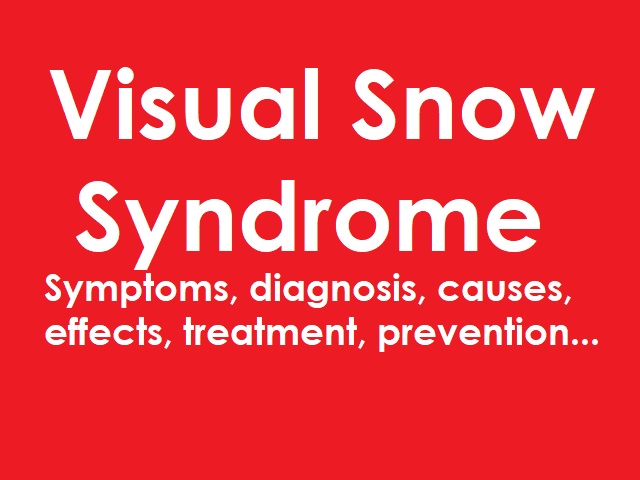4 Signs You May Have Retinal Vein Occlusion -- Symptoms, Causes, Effects, Treatment and Prevention
Retinal vein occlusion (RVO) is a condition characterized by blockage or occlusion of the veins that carry blood away from the retina, the light-sensitive tissue at the back of the eye. It occurs when a vein in the retina becomes blocked, typically due to a blood clot. This blockage disrupts the normal blood flow, causing fluid leakage, swelling, and impaired oxygen delivery to the retina. The blockage can lead to vision loss and other complications. Here is an explanation of retinal vein occlusion, along with its symptoms, diagnosis, causes, effects, treatment, and prevention:
Symptoms of Retinal Vein Occlusion:
The symptoms of retinal vein occlusion may include:
- Sudden or gradual vision loss in one eye
- Blurred or distorted vision
- Dark or "empty" areas in the visual field
- Floaters (spots or threads) in the field of vision
Diagnosis of Retinal Vein Occlusion:
The diagnosis of retinal vein occlusion is typically made by an eye care professional. It may involve the following:
- Comprehensive eye examination, including visual acuity testing and examination of the retina
- Imaging tests such as optical coherence tomography (OCT) to visualize the retina and assess its thickness
- Fluorescein angiography to evaluate blood flow in the retina and identify areas of leakage
- Evaluation of the underlying systemic conditions and risk factors
Causes of Retinal Vein Occlusion:
Retinal vein occlusion can be caused by various factors, including:
- Atherosclerosis or hardening of the arteries
- Blood clotting disorders or hypercoagulable states
- Hypertension (high blood pressure)
- Diabetes mellitus
- Glaucoma or increased pressure in the eye
- Age-related changes in the blood vessels
- Other underlying systemic conditions such as autoimmune diseases
Effects of Retinal Vein Occlusion:
Retinal vein occlusion can lead to:
- Vision loss or impairment, ranging from mild to severe
- Macular edema, a condition characterized by fluid accumulation in the central part of the retina, which can cause significant visual distortion
- Neovascularization, the growth of abnormal blood vessels on the retina, which can lead to complications such as retinal detachment or glaucoma
Treatment of Retinal Vein Occlusion:
The treatment of retinal vein occlusion aims to manage the underlying causes, reduce macular edema, and prevent complications. Treatment options may include:
- Intravitreal injections of anti-vascular endothelial growth factor (anti-VEGF) drugs to reduce macular edema and promote regression of abnormal blood vessels
- Laser photocoagulation to seal leaking blood vessels or target abnormal blood vessel growth
- Corticosteroid injections or implants to reduce inflammation and edema
- Systemic medications to control underlying conditions such as hypertension or diabetes
- Surgical interventions in cases of severe complications or neovascular glaucoma
Prevention of Retinal Vein Occlusion:
Preventive measures for retinal vein occlusion include:
- Managing and controlling systemic conditions such as hypertension, diabetes, and high cholesterol
- Leading a healthy lifestyle with regular exercise and a balanced diet
- Regular eye examinations to monitor the health of the retina and detect early signs of ocular vascular diseases
- Discussing with a healthcare provider about the potential risks and benefits of certain medications or interventions that may increase the risk of blood clots
It is important to consult with an eye care professional for a comprehensive evaluation and personalized treatment plan.
References:
American Academy of Ophthalmology. (2020). Retinal Vein Occlusion. Retrieved from https://www.aao.org/eye-health/diseases/retinal-vein-occlusion
Image Attribution:
Featured image by Ku C Yong, Tan A Kah, Yeap T Ghee, Lim C Siang and Mae-Lynn C Bastion, Department of Ophthalmology, Universiti Kebangsaan Malaysia Medical Centre (UKMMC) and Universiti Malaysia Sarawak (UNIMAS), Kuala Lumpur, Malaysia., CC BY 2.0, via Wikimedia Commons














